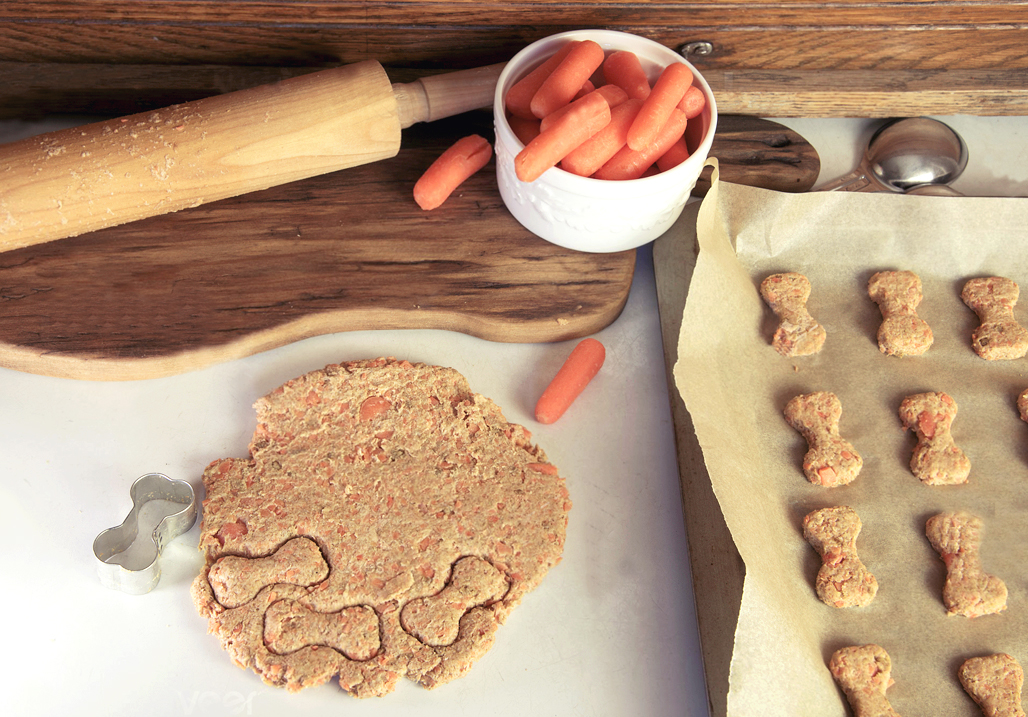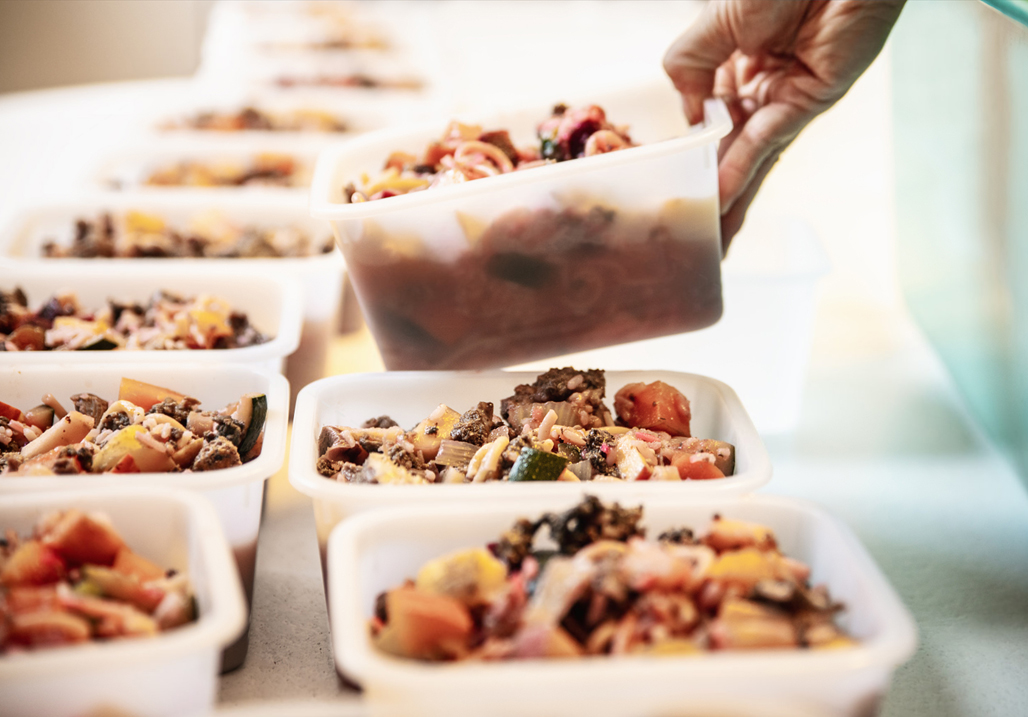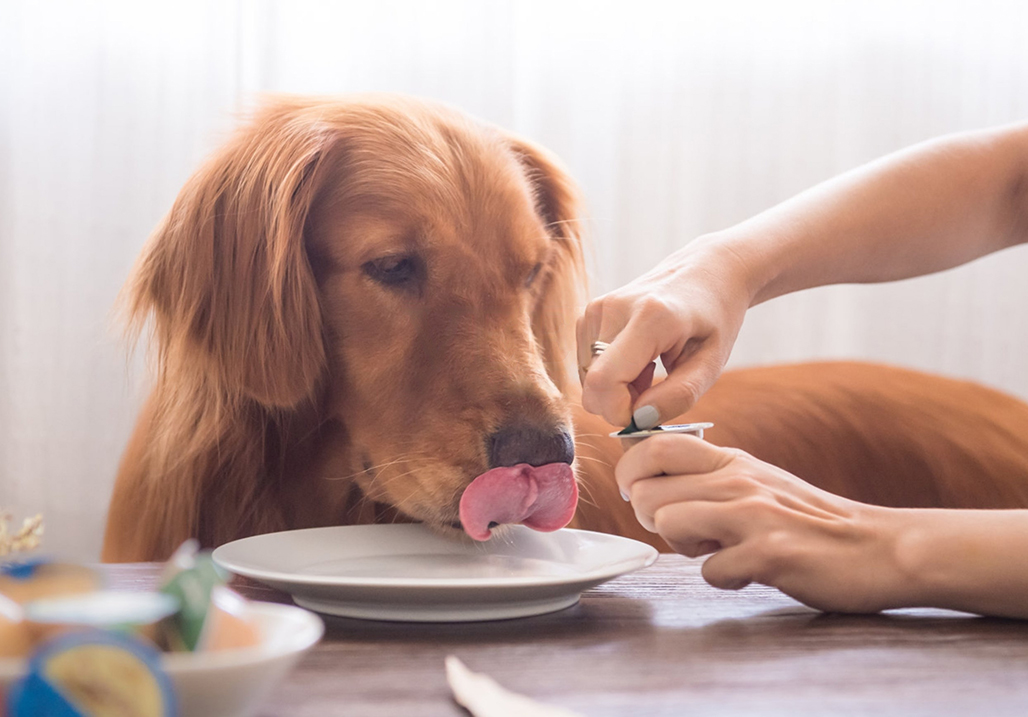Your Guide to Homemade Dog Food and Ensuring Your Pet's Health
Sep 13,2023 | Petbobi
When it comes to the well-being of our beloved four-legged companions, ensuring optimal nutrition is a top priority. As dog owners, we want the best for our furry friends, and one aspect that often comes into question is their diet. While commercial dog food options are readily available, many pet owners are now exploring the world of homemade dog food as an alternative.
But the truth is that dog nutrition can be tricky, especially when it comes to cooking for your pets. In fact, many questions come to mind: What human foods are safe for dogs to eat? How can we make sure that our homemade meals meet our dog's dietary needs?
Thankfully, we here at Petbobi understand the importance of these questions and recognize the lack of reliable sources to help you prepare nutritious meals for your dogs at home. So, we've created the following guide that will discuss everything you need to know about homemade dog food. Let's get started!
Consider These Factors Before Making Homemade Dog Food

Opting for homemade dog food is a significant decision that allows you to customize your pet's diet, but it also comes with responsibilities. So, before getting started, you should consider these important factors:
Nutritional Requirements
To provide a well-balanced and nutritious diet for your dog, consult with a veterinarian or veterinary nutritionist. They can determine your dog's specific needs based on age, breed, size, and activity level.
Safe and Unsafe Foods
Familiarize yourself with foods that are safe and unsafe for dogs. Avoid toxic foods like chocolate, grapes, onions, and garlic. Instead, choose safe options such as lean meats, vegetables like carrots and green beans, fruits in moderation, and grains like rice and quinoa.
Balance and Variety
Dogs require a variety of nutrients. Therefore, you'll need to include high-quality proteins, healthy fats, complex carbohydrates, and a range of fruits and vegetables in your dog's meals. With this, it's crucial to introduce new ingredients gradually to monitor their response, but we'll get to more about this later.
Preparation and Cooking Methods
When it comes to cooking foods, choose methods like boiling, baking, or light steaming to retain nutrients. Additionally, we advise you to steer clear of ingredients that are excessively processed or contain harmful additives. This is generally pretty easy by keeping it simple with fresh, whole foods.
Food Safety and Hygiene
Maintain proper food safety and hygiene. In other words, be vigilant in handling ingredients safely, store them correctly, and keep cooking utensils and surfaces clean. Then, be sure to separate raw meats to prevent cross-contamination and refrigerate or freeze your homemade dog food to maintain freshness and prevent bacteria growth.
Understanding Your Dog's Nutritional Needs

As we've said, providing your dog with optimal nutrition requires a deep understanding of their specific dietary requirements. By considering factors such as age, breed, size, and activity level, you can tailor their diet to meet their individual needs. To help you navigate the world of dog nutrition, we've compiled the following info you should know about a dog's needs:
Protein
Proteins are the building blocks of your dog's diet, crucial for muscle development and repair. Always pick high-quality protein sources such as lean meats, poultry, and fish to ensure adequate protein intake.
Carbohydrates
Carbohydrates provide energy and fiber in your dog's diet. Incorporate whole grains and vegetables to provide a healthy source of carbohydrates.
Fats
Fats are essential for energy and to maintain healthy skin and coat. Include healthy fat sources like fish oil, flaxseed, and chicken fat in your dog's diet.
Vitamins and Minerals
Vital for various bodily functions, vitamins, and minerals can be obtained from fruits and vegetables. These nutrient-rich foods contribute to overall health and well-being.
Key Steps to Prepare Homemade Dog Food

If you've decided that homemade dog food is right for you, be prepared to spend a little extra time in the kitchen. The truth is that though the process is rewarding, it does require careful planning and execution. To guide you through, here are some key steps you should take when getting started making homemade dog food:
Ingredient Selection
Start by sourcing high-quality ingredients. Focus on proteins such as lean meats, carbohydrates like whole grains and vegetables, and healthy fats from sources like fish oil or flaxseed. Be sure to include nutrient-rich fruits and vegetables that are safe for dogs.
Meal Planning
Based on the nutritional advice from your vet, create a balanced meal plan. This may include lean proteins, complex carbohydrates, and a mix of fruits and vegetables. You may also consider adding dog treats that contribute to dog nutrition as a part of their diet.
Meal Preparation
Prepare the meals according to your plan, using safe cooking methods such as boiling, baking, or light steaming to retain the maximum nutrients.
Storage
Proper storage is crucial for maintaining the freshness of homemade dog food. Use airtight containers and refrigerate or freeze the food as necessary.
Feeding Tips for Dogs: Monitoring Your Dog's Reaction and Regular Weighing

Finally, transitioning to homemade dog food can be a significant change for your pet. Thus, it's essential to monitor their reactions and regularly weigh them to ensure their health and well-being. Here are a few tips to help implement your homemade dog food diet:
Gradual Transition
Begin by introducing homemade food slowly into your dog's diet, mixed with their regular food. This can help minimize any potential digestive issues.
Monitor Reaction
Watch for any changes in your dog's behavior, energy levels, or digestive health. And in the event that you notice anything unusual, be sure to consult your vet immediately.
Regular Weighing
Maintaining a healthy weight is a vital part of dog nutrition. Regular weighing can help ensure that your dog is neither gaining nor losing weight too rapidly while also allowing you to adjust their diet as needed to maintain a healthy weight.
Dog Treats
Incorporate dog treats that complement your homemade food regimen. These can provide additional nutrients and also serve as a form of positive reinforcement during training.
The Joy of Homemade Dog Food
Ultimately, your decision to take control of your dog's diet and prepare homemade food is a testament to your commitment to their health. This journey, although challenging, can be rewarding as you watch your pet thrive on a diet that has been specially tailored for them. Remember that the key to a successful homemade dog food diet is variety, balance, and keeping a keen eye on your pet's reaction to their new meals.
But remember, even culinary masters need guidance. So, don't forget to consult with a vet or pet nutritionist to ensure your dog's dietary needs are met. With their expert advice, you'll become a top-notch doggie chef, creating meals that nourish and delight. Now, put on your apron, grab those ingredients, and let the kitchen become your pet's personal gourmet restaurant!




